Paraffin, a common ingredient in many skincare products, is valued for its ability to form a protective barrier on the skin and lock in moisture. However, long-term use of paraffin-based products can result in build-up, which may hinder skin health by blocking pores and disrupting natural processes. Here’s a deep dive into what paraffin build-up is, how it affects your skin, and the best ways to remove it effectively.
What Is Paraffin, and Why Is It Used in Skincare?
Paraffin, derived from petroleum, is widely used in moisturizers and emollients due to its occlusive properties. It forms a water-resistant barrier, which helps to:
- Retain Moisture: Prevents water loss by sealing the skin’s surface.
- Protect Against Irritants: Shields the skin from external irritants and allergens.
While beneficial for short-term hydration, studies suggest that prolonged use can lead to paraffin accumulation on the skin’s surface, affecting its mechanical properties and potentially causing irritation (Overgaard Olsen & Jemec, 1993).
What Is Paraffin Build-Up, and What Does It Look Like?
Paraffin build-up occurs when the ingredient accumulates on the skin over time, forming a thick layer that traps dirt, oil, and dead skin cells. Signs of build-up include:
- Clogged Pores: Blackheads, whiteheads, and acne may appear due to trapped impurities.
- Dull, Uneven Texture: The skin may lose its radiance and feel rough or heavy.
- Dryness Beneath the Surface: Despite its hydrating properties, paraffin can paradoxically block essential nutrients, leading to dryness under the layer of build-up.
Why Removing Paraffin Build-Up Is Important
-
Supports Natural Renewal
Removing paraffin helps restore the skin’s ability to shed dead cells and maintain a healthy barrier, essential for smooth and radiant skin. -
Prevents Pore Clogging
Clearing paraffin build-up reduces the risk of acne and blackheads by allowing the skin to breathe. -
Enhances Product Absorption
Excess paraffin can block the absorption of active ingredients in other skincare products, reducing their effectiveness (Stamatas et al., 2008).
How to Remove Paraffin Build-Up
1. Use a Gentle Cleanser
Choose a cleanser specifically designed to break down paraffin without stripping the skin’s natural oils.
- Rejûvaskin Hydrating Facial Cleanser: Formulated with Exo-P™, this cleanser removes impurities and paraffin residue while protecting the skin barrier. Shop Now.
2. Exfoliate Regularly
Incorporate a gentle exfoliant once or twice a week to help slough off dead skin cells and residual paraffin. By choosing the appropriate exfoliant and sticking to a consistent but moderate routine, you can effectively manage paraffin build-up and maintain healthy, radiant skin.
How Often to Exfoliate
- Chemical Exfoliants: Use 1-2 times per week, depending on skin sensitivity and the concentration of the active ingredients. This frequency ensures effective removal of paraffin build-up without over-exfoliating, which can lead to irritation (Soleymani et al., 2018).
- Physical Exfoliants: Limit to once a week for sensitive skin or up to twice a week for normal to oily skin. Overuse can compromise the skin’s barrier function and cause inflammation.
3. Hydrate with Non-Paraffin Moisturizers
Switch to paraffin-free moisturizers that hydrate without causing build-up.
- Rejûvaskin Skin Recovery Cream: Packed with aloe vera and shea butter, this cream soothes, hydrates, and repairs the skin barrier without clogging pores. Shop Now.
Benefits of Non-Paraffin Products
- Allows Skin to Breathe: Non-occlusive products enable better oxygen exchange, supporting healthy skin renewal.
- Improves Product Efficacy: Without a paraffin barrier, active ingredients can penetrate more effectively.
- Reduces Environmental Impact: Paraffin-free formulations are often derived from sustainable sources, minimizing ecological harm (Concin et al., 2008).
A Simple Paraffin-Free Skincare Routine
- Cleanse: Start with the Rejûvaskin Hydrating Facial Cleanser to remove impurities. Shop Now
- Exfoliate: Use a gentle chemical or physical exfoliant 1-2 times a week.
- Hydrate: Apply the Rejûvaskin Skin Recovery Cream for long-lasting hydration without build-up. Shop Now
Works Cited
- Overgaard Olsen, L., & Jemec, G. (1993). The influence of water, glycerin, paraffin oil, and ethanol on skin mechanics. Acta Dermato-Venereologica. Retrieved from https://pubmed.ncbi.nlm.nih.gov/7906448/
- Stamatas, G., et al. (2008). Lipid uptake and skin occlusion following topical application of oils on adult and infant skin. Journal of Dermatological Science. Retrieved from https://pubmed.ncbi.nlm.nih.gov/18164596/
- Concin, N., et al. (2008). Mineral oil paraffins in human body fat and milk. Food and Chemical Toxicology. Retrieved from https://www.sciencedirect.com/science/article/abs/pii/S0278691507003286
- Soleymani, T., et al. (2018). Approach to Chemical Peels: A Review of Fundamentals and Step-by-Step Algorithmic Protocol for Treatment. Journal of Clinical Aesthetic Dermatology. Retrieved from https://pubmed.ncbi.nlm.nih.gov/30214663/
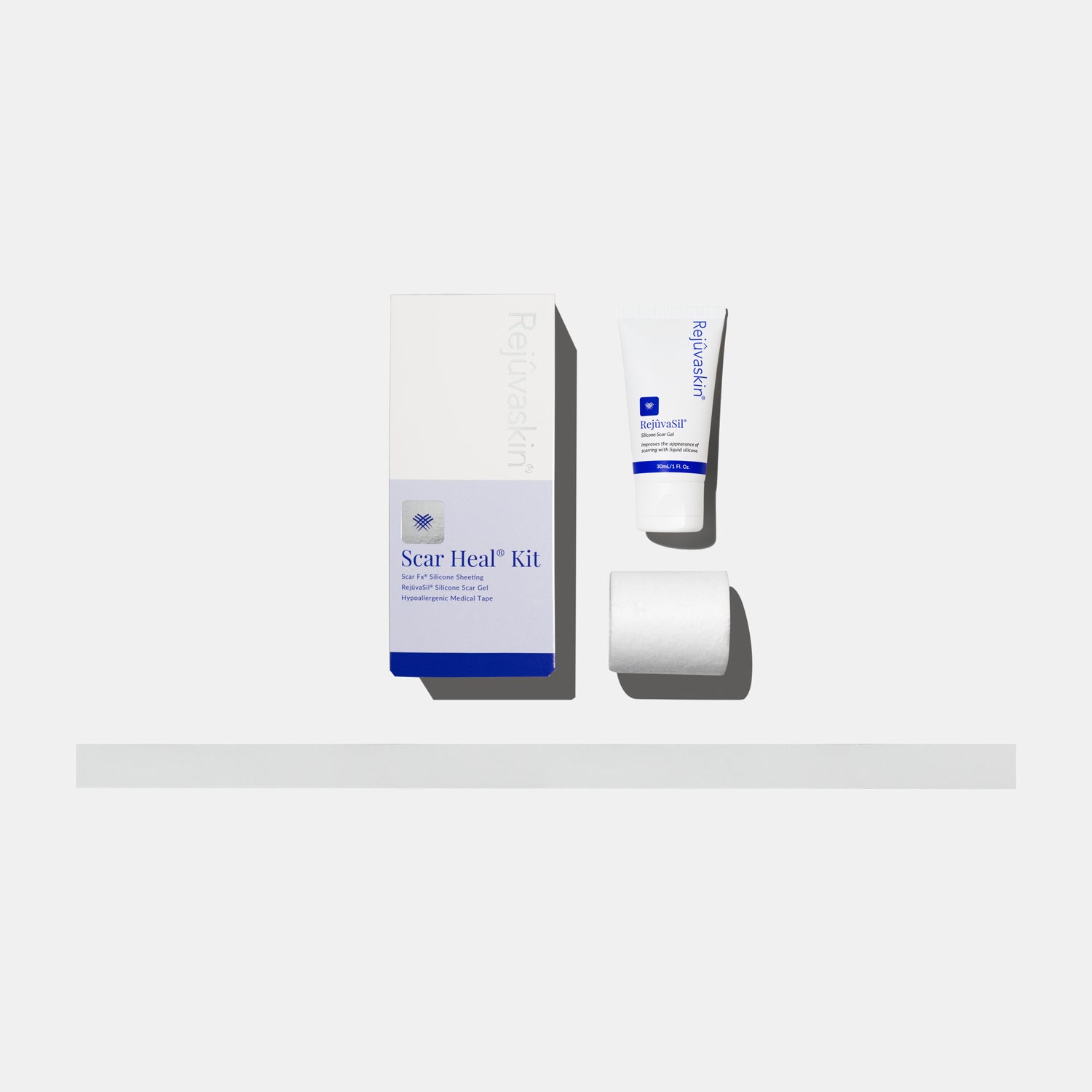


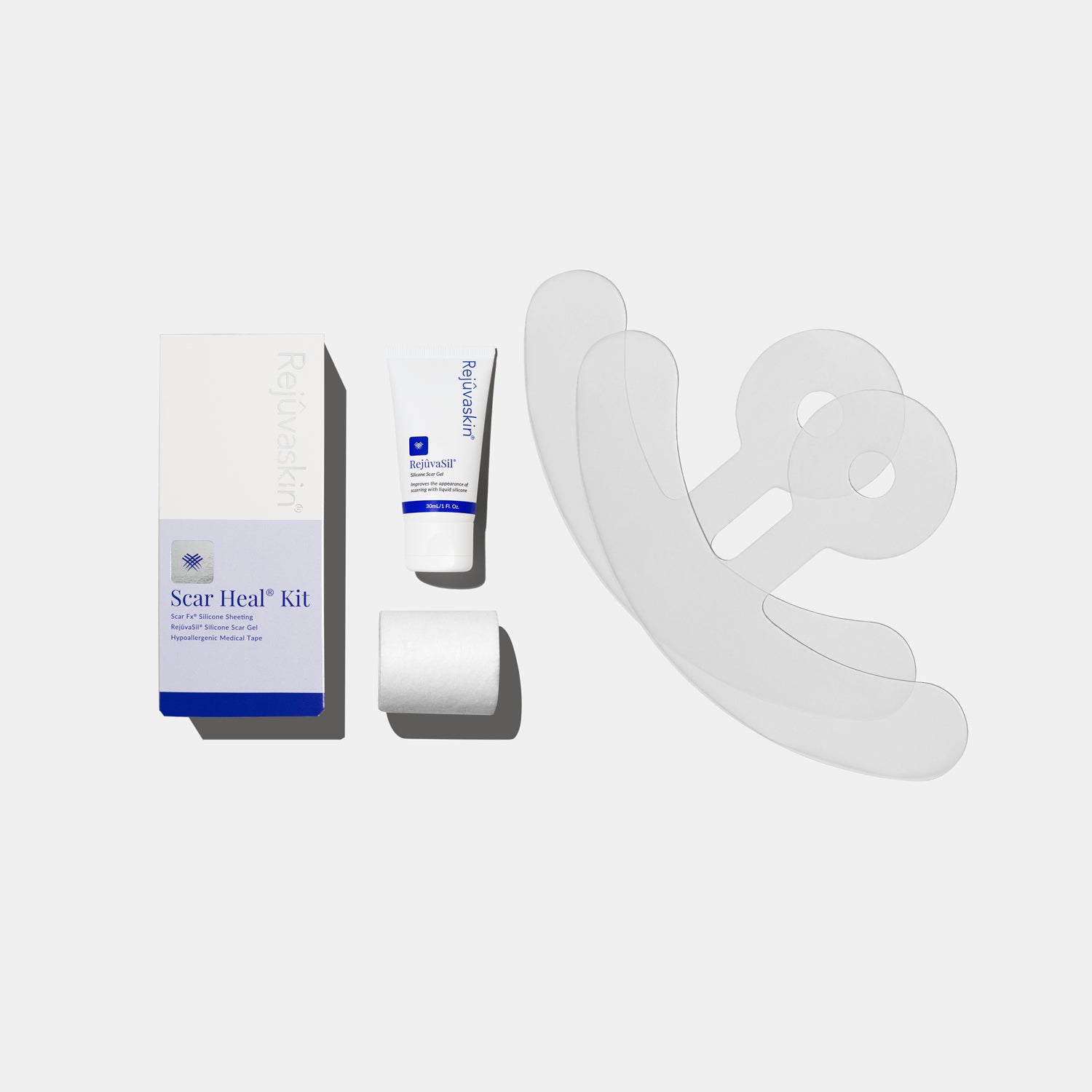
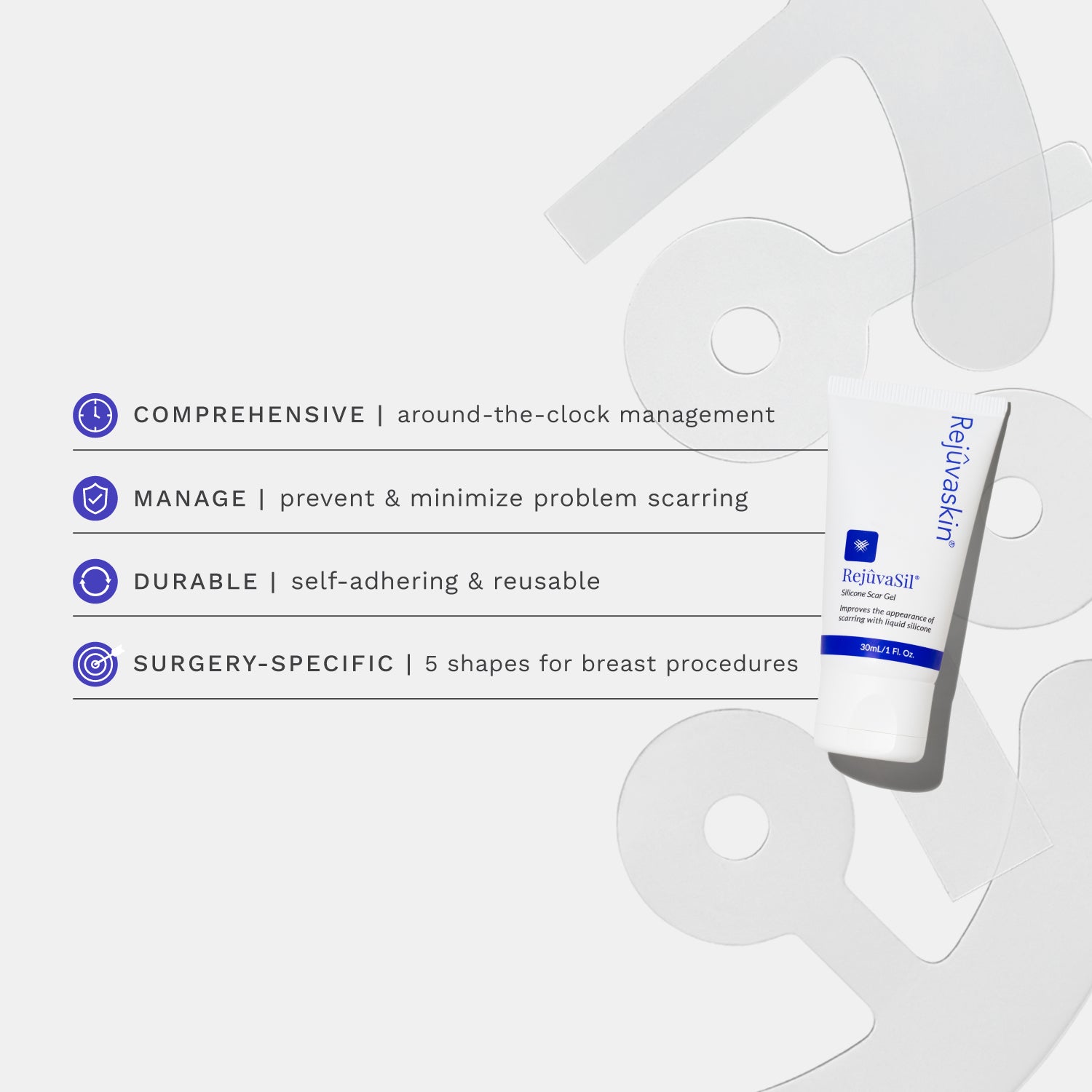
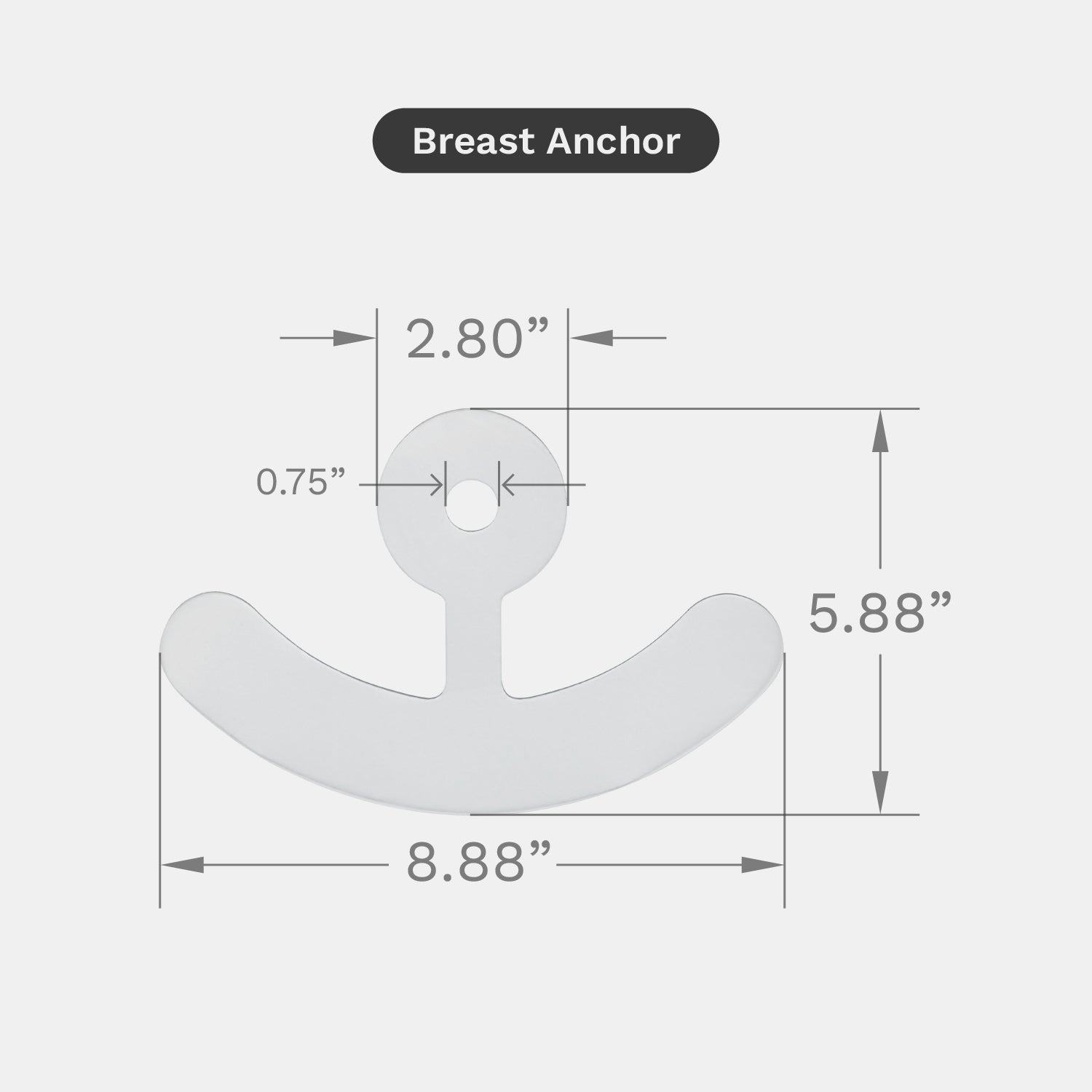
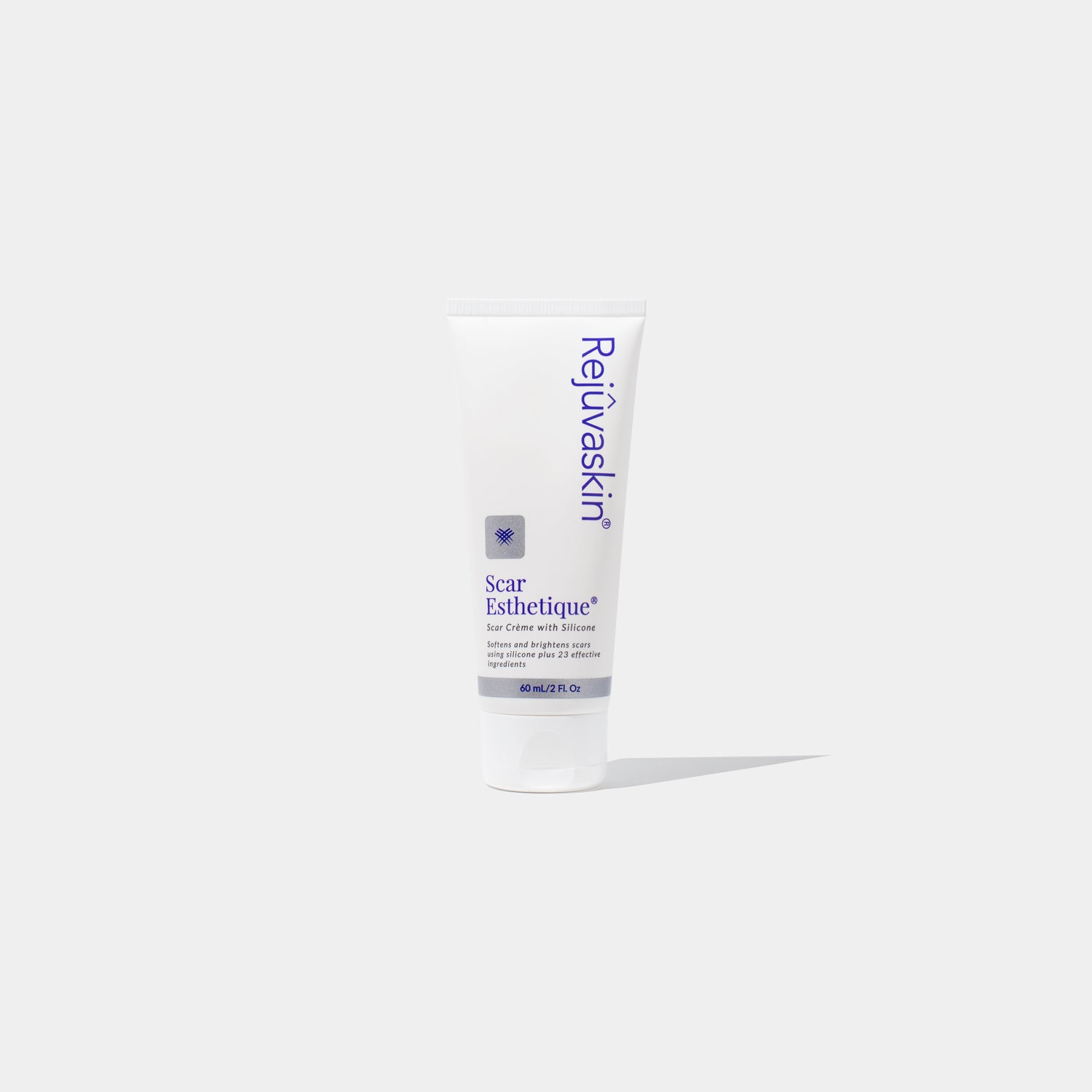
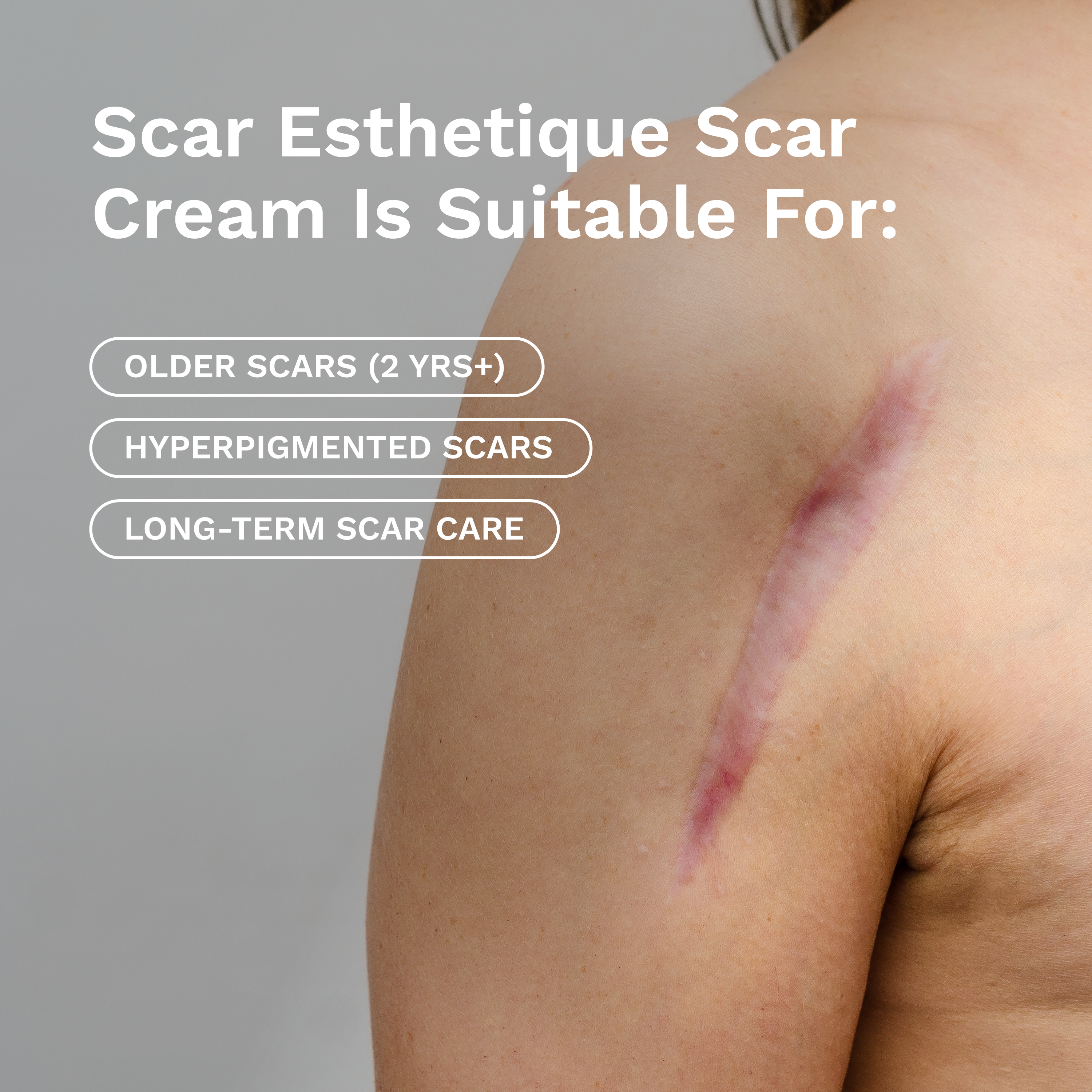








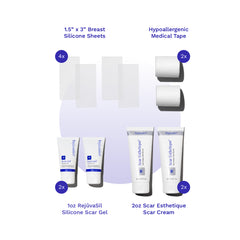
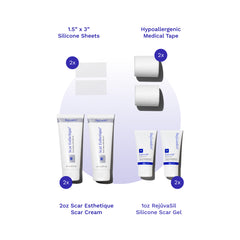

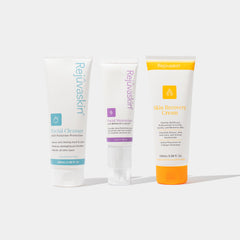
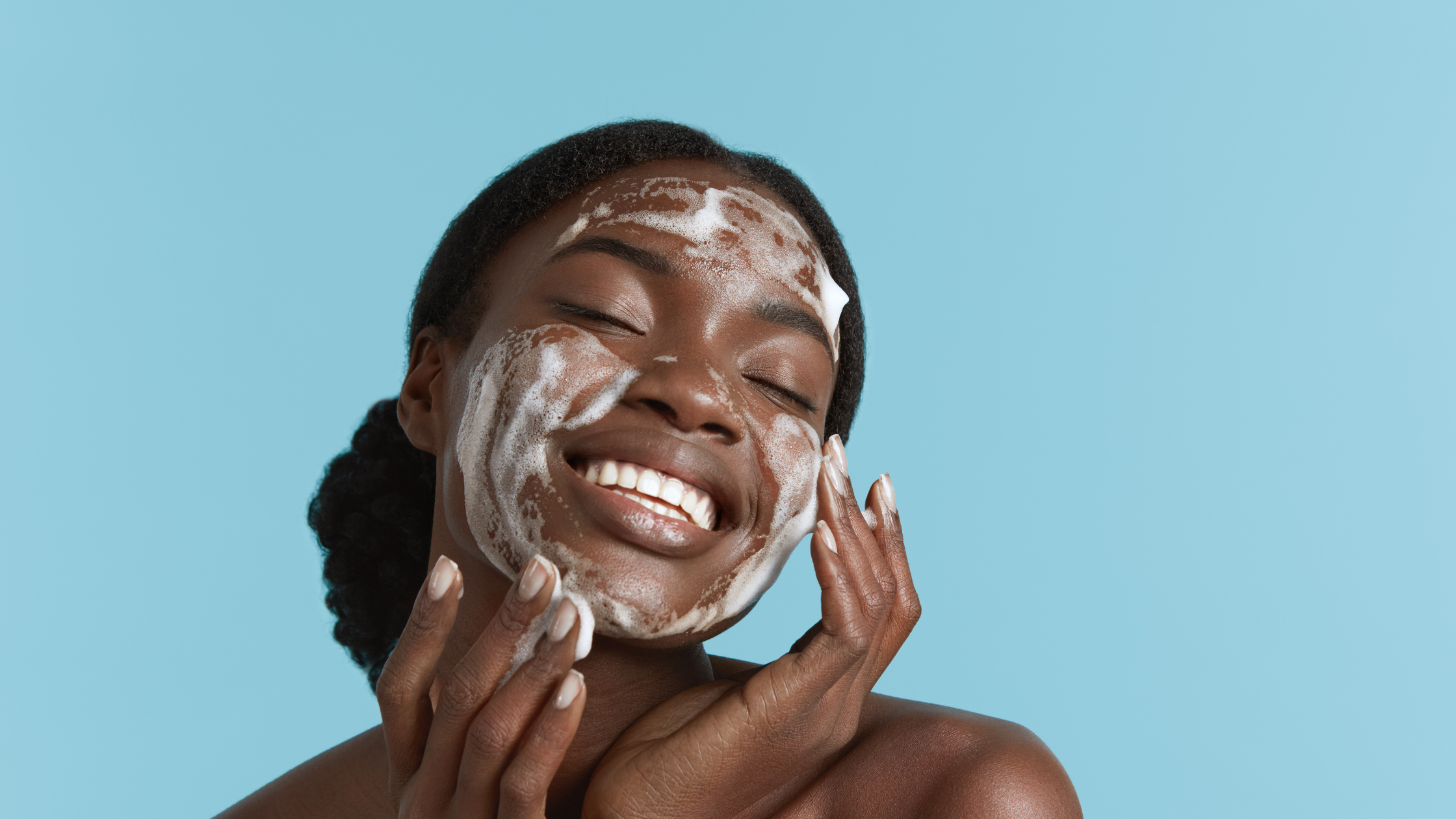
Leave a comment